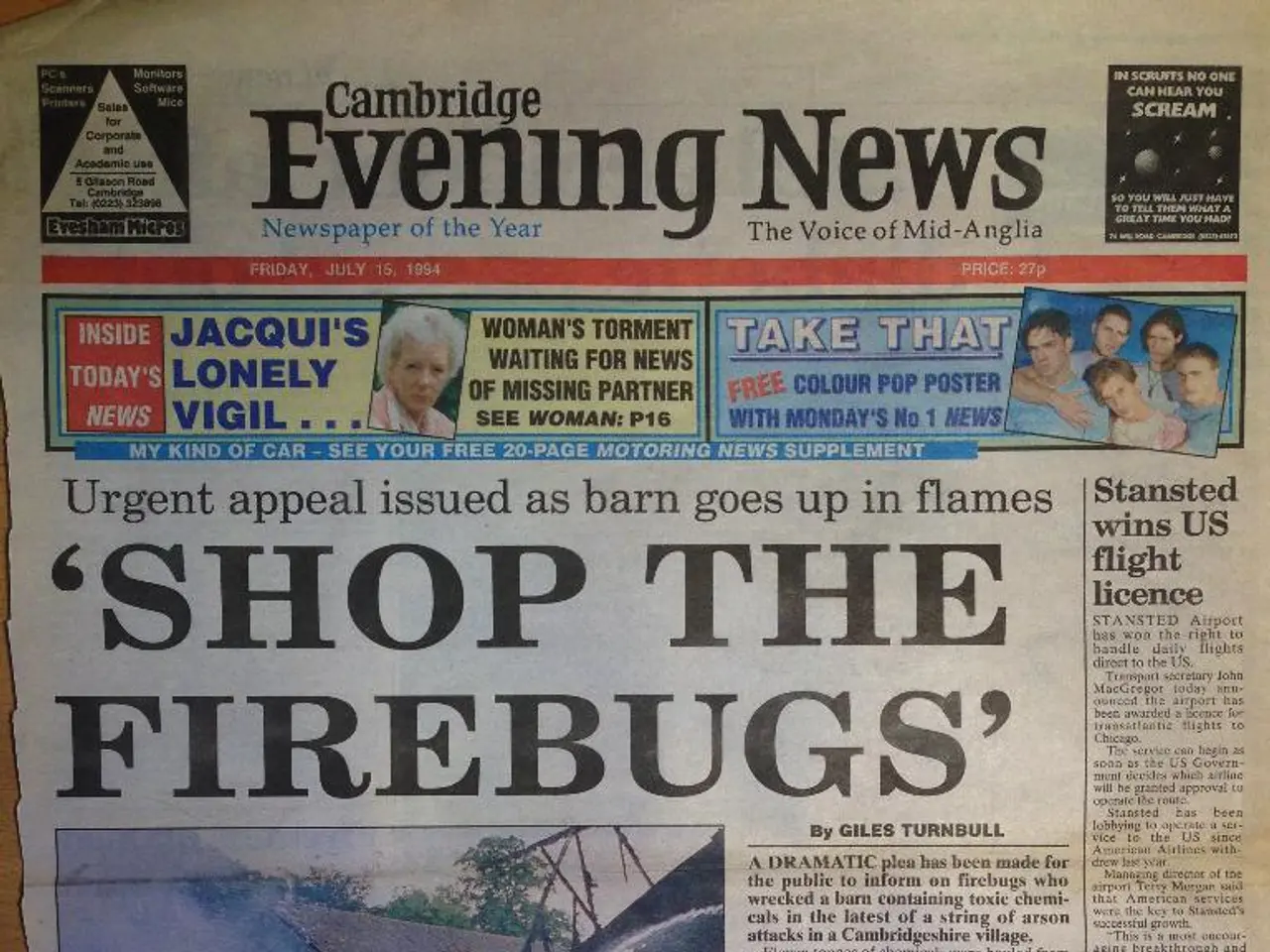Strategies for Crafting an Effective Book Marketing Scheme
In the world of book publishing, marketing plays a crucial role in reaching readers and generating sales. Here's a clear, three-step framework for creating a long-term book marketing strategy that consistently sells books without burning out the author.
Step 1: Define Your Audience and Set Aligned Goals
Start by deeply understanding your ideal reader through detailed personas and niche definition. Set clear, realistic marketing goals tied to that audience and your broader author brand, ensuring your efforts align with your energy and vision to avoid burnout.
Step 2: Build Evergreen Marketing Assets for Sustainable Sales
Focus on creating lasting marketing assets like a backlist of books, a reader email list, ongoing content marketing (blogs, newsletters, social media), and possibly boxsets or bundled offers to encourage binge reading. These assets create a steady base of passive sales that don’t require constant active promotion.
Step 3: Combine Strategic Pre-Launch PR and Sustainable Promotion
Implement a strategic PR campaign beginning months before launch to generate momentum, including outreach for media coverage, advance reviews, and compelling storytelling. Then balance these bursts with long-term, sustainable marketing tactics like email nurturing, social engagement, and advertising to maintain sales without overextending yourself.
This approach balances short and long-term efforts, builds a foundation before the launch, and centers on sustainable practices to avoid burnout while creating consistent book sales over time.
To get started, begin small with ads and only scale once your book is converting. Start by making a list of 50-100 potential partners and reach out with a value-first pitch, such as offering a free book to potential partners. Understand the competition by analyzing their subtitles, design styles, Amazon positioning, and differentiating with a more specific promise or fresh format.
Engage with the work of influencers, authors, podcasters, and reviewers in your space before reaching out to them. Choose core marketing channels wisely. Email marketing is a must-have, and social media should be the platform where your readers already are and you don’t hate. Paid advertising on Amazon, Facebook, and BookBub can be scalable when done right, but should be tested one thing at a time.
A simple 4-week book marketing plan might include running a Freebooksy promotion, sending a newsletter, posting social updates, launching $5/day Amazon ads, outreach to podcast hosts, writing a blog post, submitting to promo sites, following up with promo results, sharing reader review screenshots, and sending teaser from upcoming projects.
If your plan isn't working, check your metrics, revisit your audience, simplify, and ask for feedback. Book promotions through services like Freebooksy, Bargain Booksy, The Fussy Librarian, BookSends, and Ereader News Today can generate sales and exposure.
The most successful indie authors have built sustainable rhythms they can maintain over time: regular emails, periodic promos, small ad tests, and ongoing relationship-building. Prep promo assets before launching, including author bios, one-sentence hooks, social graphics, and optional sample chapters or lead magnets.
Remember, a website is not required for starting marketing, but it can help. Define success realistically by setting one North Star goal and a few micro-goals. Consistency is key in book marketing. Before launching a marketing plan, it's important to know the budget and allocate $50-$200/month for costs such as promo sites, ad testing, and tool subscriptions.
Batch your outreach by engaging with 2-3 people, reaching out to 1-2, and following up from previous weeks. Outreach and collaborations with influencers, authors, podcasters, and reviewers in your space can help amplify your work. Nonfiction authors often get traction by guesting on podcasts in their niche.
With this practical guide, you're now equipped to create a long-term book marketing strategy that consistently sells books without burning out the author. Happy marketing!
- To reach readers and generate sales consistently, an indie author needs to understand the audience and set aligned goals, creating a solid foundation for their book marketing strategy.
- Building evergreen marketing assets, such as a backlist of books, a reader email list, content marketing, and boxsets or bundled offers, helps maintain a base of passive sales without the need for constant active promotion.
- A strong PR campaign should be implemented months before the book launch to generate momentum, then balanced with long-term, sustainable marketing tactics like email nurturing, social engagement, and advertising.
- To reach potential partners, start by offering a free book with a value-first pitch and engaging with the work of influencers in the fashion-and-beauty, food-and-drink, home-and-garden, lifestyle, entertainment, and indie author spaces.
- Successful indie authors have developed sustainable rhythms that include regular emails, periodic promos, small ad tests, and ongoing relationship-building, catering to their audience's interests on platforms such as rocket publisher or Amazon, and focusing on email marketing and social media to reach readers.





